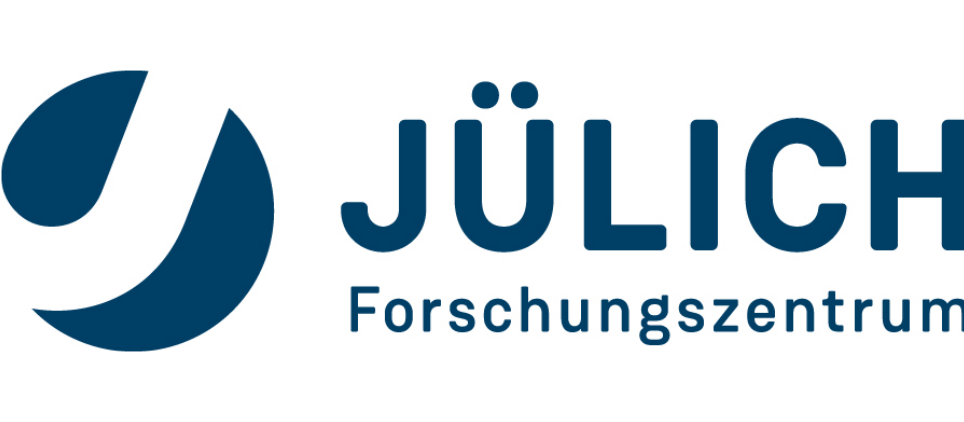Press Release: Research at Interfaces
In a new collaborative research centre, physicists and chemists from Marburg are investigating the “structure and dynamics of internal interfaces”.

In a new collaborative research centre, physicists and chemists from Marburg are investigating the “structure and dynamics of internal interfaces”. This is the title of a “Sonderforschungsbereich” (SFB), whose installation has just been decided by the “Deutsche Forschungsgemeinschaft” (DFG). The physicist Professor Dr. Ulrich Höfer from the Philipps-Universität is the initiator and spokesman of the consortium, which will be supported by the DFG with 8.7 million Euros during the following four years. (Picture: Pressestelle der Philipps-Universität/Markus Farnung)
This is the title of a “Sonderforschungsbereich” (SFB), whose installation has just been decided by the “Deutsche Forschungsgemeinschaft” (DFG). The physicist Professor Dr. Ulrich Höfer from the Philipps-Universität is the initiator and spokesman of the consortium, which will be supported by the DFG with 8.7 million Euros during the following four years.
“With this funding decision the work of our researchers over many years receives its well-deserved acknowledgement”, says Professor Dr. Katharina Krause, president of the Philipps-Universität. “The university administration is extremely pleased, that the investments into materials sciences and semiconductor physics pay off in this way and we thank the involved scientists for their outstanding commitment.”
Interfaces are contact areas between different materials. They play a decisive role in miniaturized semiconductors, which are used, for example in electronic circuits. These semiconductors are constructed of several layers of different elements, similar to a sandwich cake. “The interfaces between the different materials frequently determine which optical and electronic characteristics such semiconductor devices possess”, explains Höfer.
The importance of internal interfaces will continue to increase further, when future hybrid materials combine the characteristics of metals, traditional inorganic semiconductors and organic materials”, predicts Höfer. Examples of such hybrid materials are novel solar cells and biosensors. “Our microscopic understanding of the structure and dynamics of internal interfaces, however, is lagging far behind their enormous importance.” The main cause of this knowledge gap is the experimental difficulty to detect the weak signals of the interface, which is often buried under many layers of other materials.
The initiators of the new CRC aim to close this gap by the collaboration between different research areas such as semiconductor physics, surface science, chemical synthesis, structural analysis and laser spectroscopy. For these efforts the University of Marburg offers a perfect environment because, according to the DFG referees, the combined expertise in these research areas is worldwide unique at this location. The list of the participating scientists includes 15 groups of the Faculties of Physics and Chemistry, of the Materials Sciences Center, and of a guest project of the Basque institution “Donostia International Physics Center”, in San Sebastián, Spain.
Initially, the investigations will not be directed towards specific functional materials as those generally consist of many, frequently not well defined interfaces. Instead, the focus will be on model systems with specially prepared internal interfaces. These interfaces will be structurally characterized on the atomic level and their optical and electronic properties will be systematically investigated.
In this way, a detailed microscopic understanding and prediction of chemical bonding, electronic coupling and energy transfer for different classes of heterointerfaces shall be achieved. “In the medium and long term this knowledge shall be used in order to tailor interfaces for new applications and construct devices with novel properties and functions”, explains Höfer.






